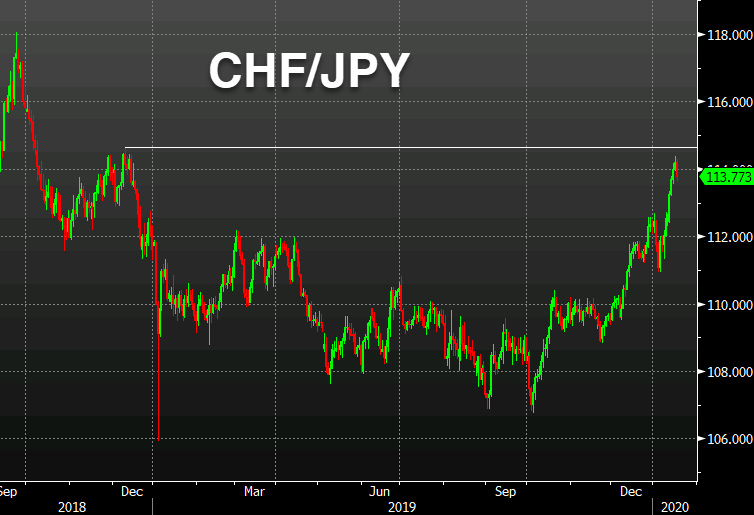 Strategist, UBS
Strategist, UBS
For foreign exchange investors there’s nothing more exasperating than the euro at the moment. Having fallen from above 1.51 against the dollar in December to below 1.19 in June, the euro has since bounced smartly back to above 1.30. Defying predictions of a Eurozone break-up or a further perilous decline to parity, the euro has instead wrong-footed many in the currency market.
Indeed, exasperation explains one of the factors behind the euro’s correction, as investors had become increasingly bearish on the currency. The belated bailout of Greece, sharp bond spread widening within the Eurozone, concerns about competitiveness, and political tensions within Europe all convinced foreign exchange participants that the euro had become a one-way bet. Hence, the euro’s summer recovery has been the clear pain trade in the currency markets, forcing investors to close their shorts.
The reversal in the exchange rate has been driven by stronger data in the Eurozone and renewed concerns about the health of the US economy. In particular Germany’s super-competitive exporters have benefited from the slide in the euro in the first half of the year. An excellent reflection of this is the continuing strength of the Swiss franc. As Switzerland sends 20% of its exports to Germany, the franc is a proxy for the largest economy in Europe. In many ways it is a substitute for the old German mark.
In contrast, the dollar has fallen this summer as weaker US growth has forced Federal Reserve officials to consider resuming quantitative easing. As last year’s inventory bounce has begun to wear off, structural concerns about the health of the US housing and labour markets have come to the fore again.
In the near term the euro is likely to keep its gains; there are still shorts in the market and fears about the Fed will keep the dollar on the back-foot. But the longer-term picture remains bearish. The structural problems of high debts, low growth and diverging current account imbalances remain stubbornly high. Fiscal austerity will undermine Eurozone growth this year and next. The European Central Bank won’t be in a position to raise interest rates until well into 2011, at the earliest.
What are the risks to our long-term bearish euro view? The major concern of course is the Fed resuming asset purchases in order to expand US money supply. This would undermine the dollar as it did in March 2009 when the Fed started a year-long programme of buying Treasuries and mortgage-backed securities. The other concern is that the consensus among foreign exchange participants remains bearish on the euro. As a result, their positioning would keep the markets vulnerable to further exasperating rallies in the currency.



 Strategist, UBS
Strategist, UBS